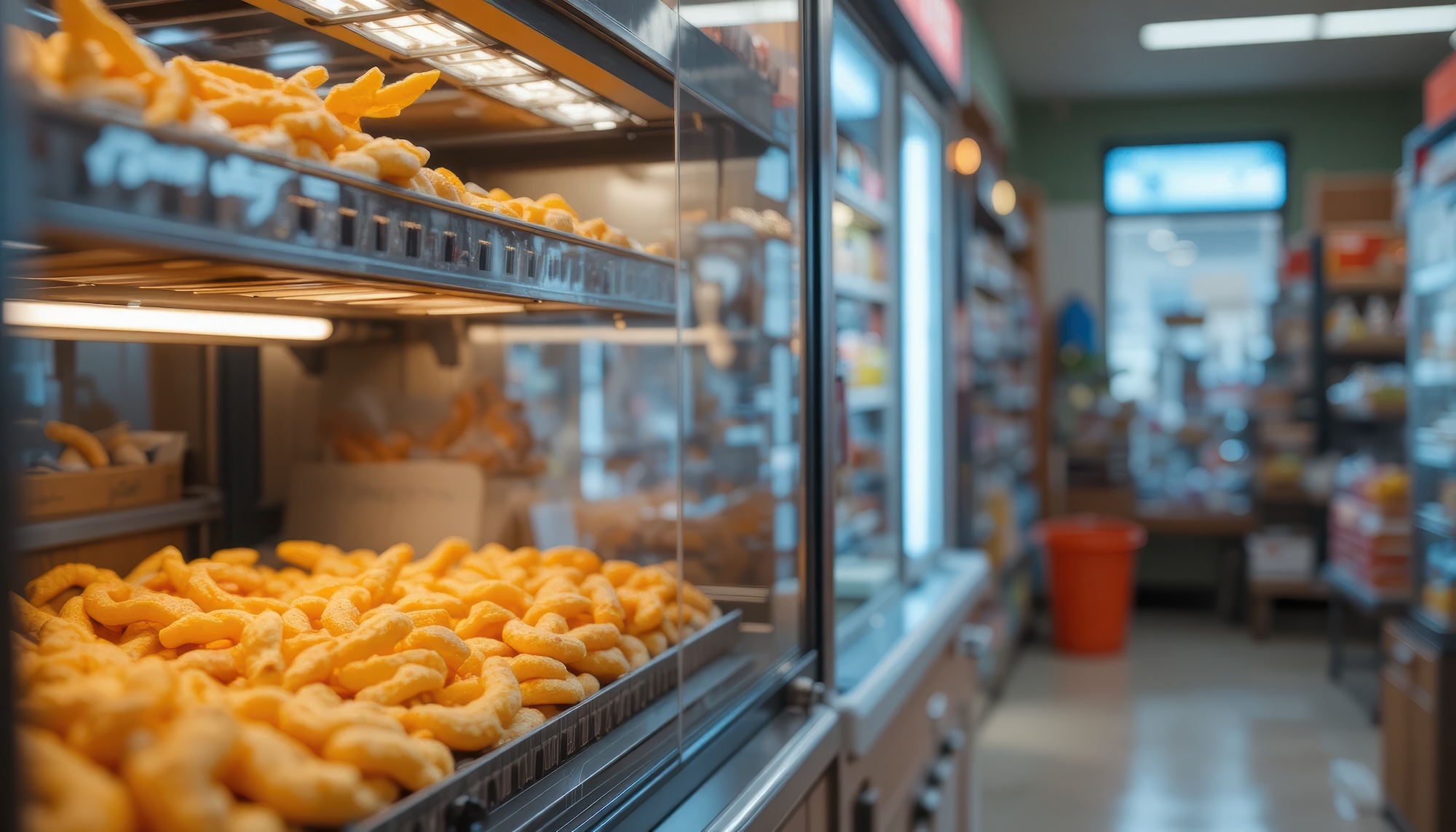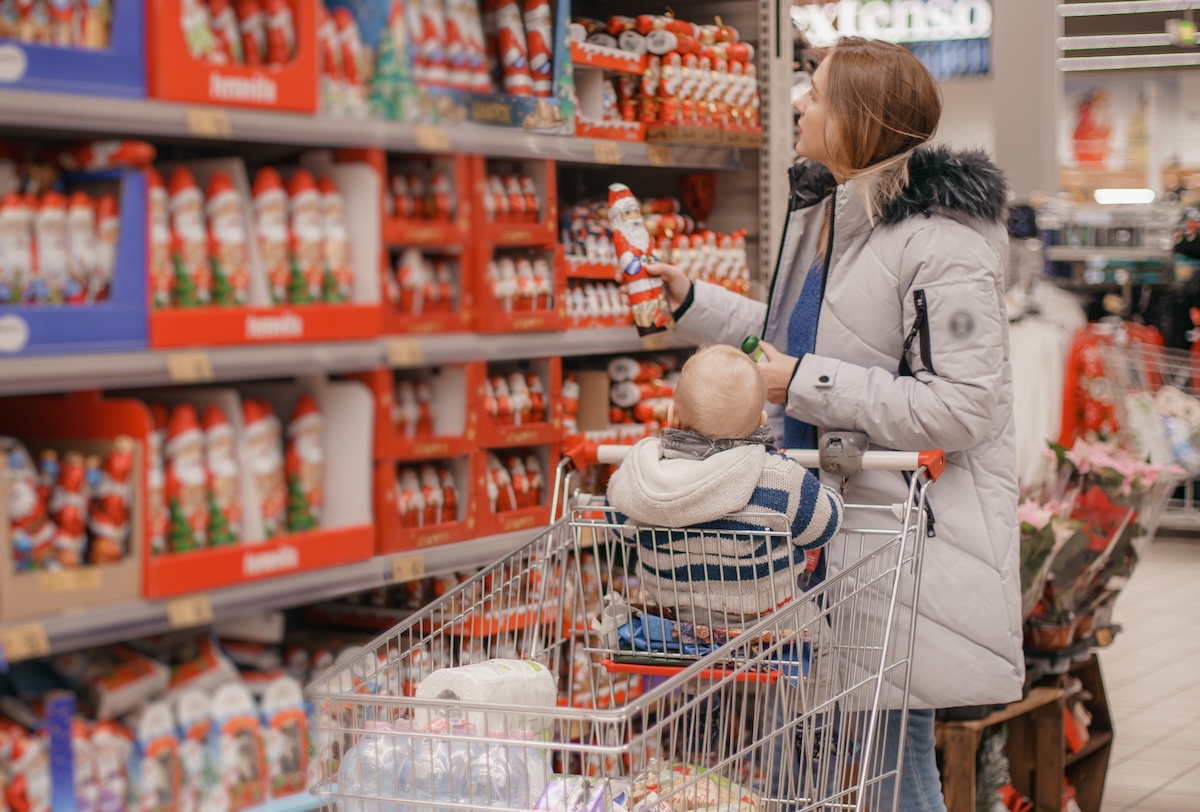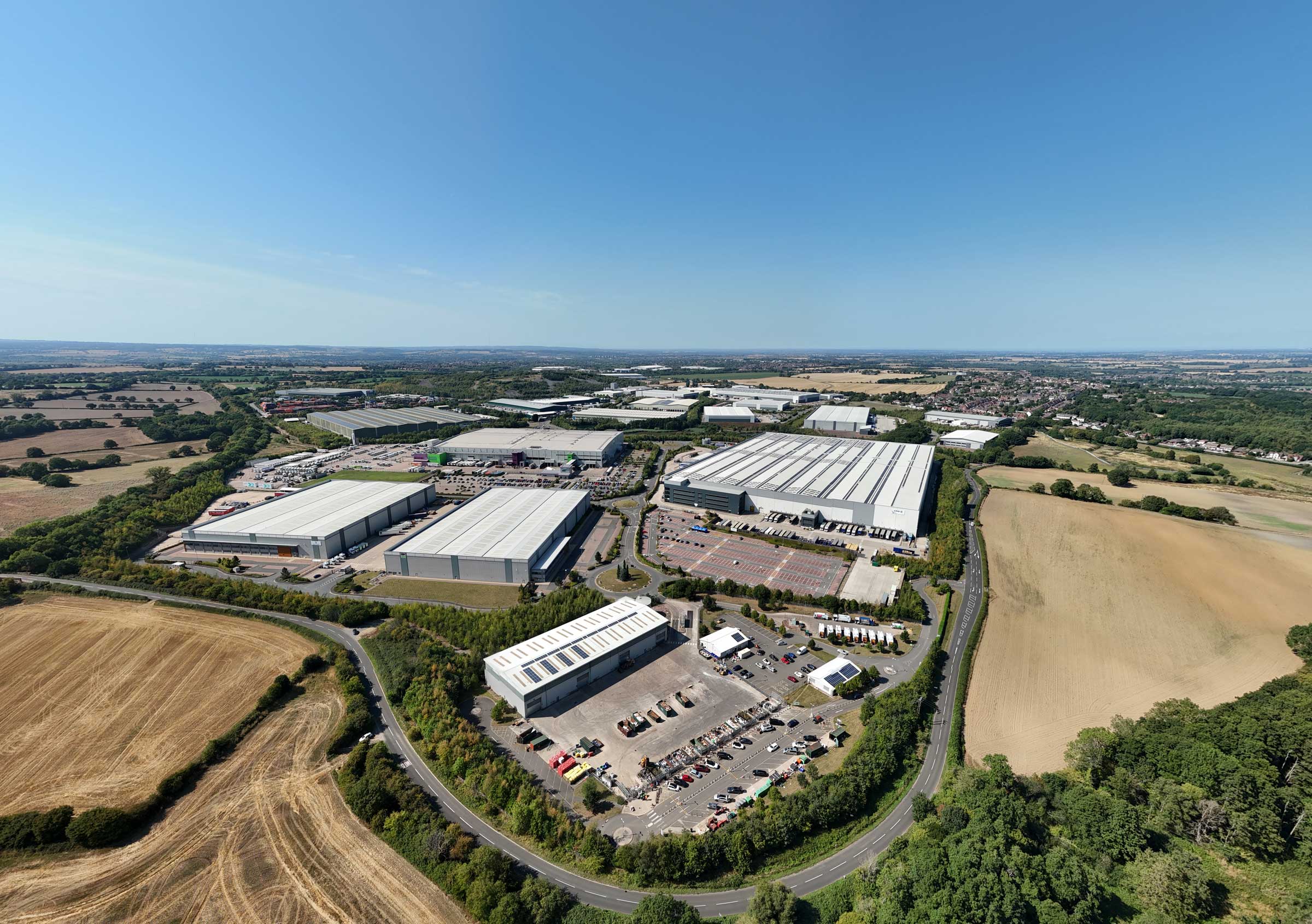
Quick service and cafe operations live inside narrow time windows. A five minute slip in prep, a missed waste capture, or a late acknowledgement on the kitchen display does not look like much. In aggregate these micro frictions create process variance that forecasting cannot fix. The result is lost sales, food waste, labour spikes, and compliance risk. This article sets out a practical way to see, measure, and remove those frictions so predictable service becomes the norm.
Why QSR and cafes feel it most
Throughput is compressed into peaks. Menus shift by daypart. Holding times are unforgiving. Third party delivery adds volatile demand. Any delay or workaround inside that system ripples fast. Most brands invest in demand models and dashboards. Fewer measure the last metre of work at the pass or the bar. That gap is where predictability is lost.
What micro frictions look like on the ground
- Order cut-offs slide past the supplier window so deliveries miss the morning prep.
- POS modifiers do not map cleanly to recipes so KDS tickets lack critical cues.
- Holding cabinets run a few minutes long and waste is recorded at close, not in the moment.
- A grinder calibration or fryer filter is skipped at peak handover and quality drifts.
- Allergen calls are handled verbally without a traceable prompt, then repeated from memory.
Each event is small. Together they add noise that drowns out even strong forecasts.
Predictability beats raw accuracy
Performance variance has three parts: market variance you cannot control, model variance you can reduce, and process variance you can design out. QSR and cafe outcomes are dominated by process variance because cycle times are short and decisions are frequent. Precision forecasting without predictable execution still yields stockouts, waste, and long queues.
See the work before you change it
Instrument the tasks that move cash and risk. Do it lightly, but do it end to end.
- Time stamps and user IDs for production prompts, acknowledgements, and completions.
- Actual vs planned prep for key items by daypart.
- GRN time vs ASN and any short or over deliveries.
- Waste events with item level reasons at the moment of discard.
- Temperature, allergen, and cleaning checks captured in flow, not on paper.
From these traces, derive four signals that matter: decision latency, task conformance, exception recovery time, and inter operator variance by shift. They reveal where predictability is breaking down.
The QSR hidden cost, in one line
Annual cost = frequency x impact per event x sites.
If one top seller is missed once per day per site and the lost margin is only £2, a 300 site network will burn c. £219,000 a year before you count labour, complaints, delivery downgrades, or brand impact. That is one friction on one item.
From prediction to action at the pass
Forecasts should pre fill the right answer so colleagues act, not hunt. Three design moves make the difference:
- Defaults that fit reality - pack sizes, holding limits, and build cards that reflect live stock and forecast, pre selected on the device.
- Prompts in context - the next best action appears where the work happens, not on a report someone has to find.
- Soft locks with escape hatches - if a reading or count is out of tolerance, require a confirm or quick rescan with a reason code.
CCTV and sensors can act as a truth layer. Use them to verify that a tray was made, a bin was changed, or a line was marked down, not to police staff. Truth builds trust in the data and shortens recovery time.
A simple playbook that scales
Remove, reduce, route, recover.
- Remove steps that do not change the outcome. If no one uses a field, delete it.
- Reduce taps and choices with pre fills and sensible limits.
- Route prompts to the right person at the right moment. Generic inboxes create latency.
- Recover quickly when something slips. Surface a single fix, not a list of problems.
Governance without the drag
Automation needs boundaries. Set guardrails for auto actions, capture reasons for overrides, and keep an audit trail that suppliers, franchisees, and internal audit accept. Run shadow mode first, compare automated decisions to human ones, then turn it on. Safety and speed are not in conflict when guardrails are clear.
A 30-60-90 day path to stability
First 30 days
Pick ordering, prep, and waste. Add time stamps and user IDs, publish a daily one pager on latency, conformance, and exceptions. No big programme, just visibility.
Days 31 to 60
Standardise the few steps that cause most variance. One page SOPs, pre fills on quantities, tolerances on counts and checks, prompts that arrive in the right part of the shift.
Days 61 to 90
Auto approve routine decisions within guardrails. Route exceptions to the smallest effective fix. Add simple anomaly rules so the system spots slips before guests do.
What good looks like in month six
Queues are flatter at peak. Conformance to task windows holds across regions. Waste falls without empty shelves. Complaints drop. Managers spend less time reworking and more time coaching. Forecast accuracy may not change much, but on shelf and on time do. That is the point.
Closing note
QSR and cafe operations do not fail for lack of data. They fail when the last metre of work is invisible and inconsistent. Make the work visible, make the right choice the easy one, and put light automation behind it. Predictability follows, and with it, better margins, safer food, and faster service.









.svg)

.svg)
.svg)